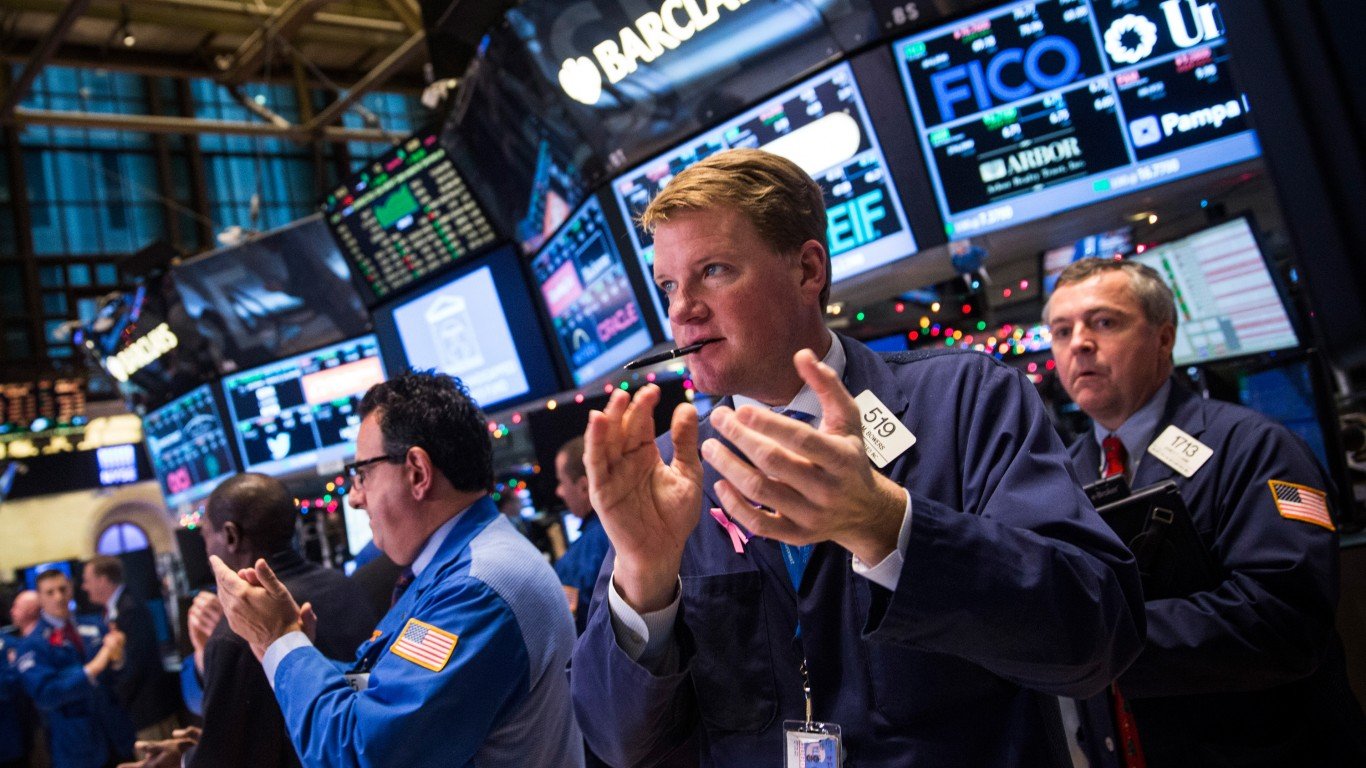

In 2019, the Dow Jones industrial average rose by 22.34%. In 2020, the COVID-19 pandemic cut that growth spurt by two-thirds, for a gain of just 7.25%. This year, the Dow recovered to rise by 19.5%.
Since the pandemic arrived in the United States, more than 55 million cases have been reported and more than 845,000 Americans have died. The rapid spread of the recently discovered Omicron variant is driving daily case counts higher. On Thursday, the number of new U.S. cases rose by 572,000 and 1,362 more Americans died. (Data for Friday is incomplete).
In addition to the tragic loss of life and the impact of the pandemic on those who become infected and live, there have been large economic impacts. The three-year performance of the Dow is just one example. Policymakers are treading a fine line. In an interview with MSNBC, Dr. Anthony Fauci tried to explain recent CDC guidance cutting the isolation period for asymptomatic coronavirus infections: “They were trying to strike a balance: How do we do good public health principles at the time we don’t have to get to the point where you’re forced to essentially shut the country down?”
Add to this rising inflation. Depending on one’s point of view, inflation is either running hot at 4.7%, according to the Federal Reserve’s preferred core PCE index or extremely hot at 6.8%, according to the headline CPI. In which direction is it moving, up or down? And how long will we have to worry about this? Is this the new, new normal?
Economic certainty is virtually impossible in a time like this. For investors, buying a 10-year U.S. Treasury note with a current interest rate of around 1.5% is about as safe and certain as it gets. Yet, that leaves a lot of growth on the table. Massive funds with the goal of duplicating changes to major indexes like the S&P 500 or the Nasdaq 100 are options, as are many other exchange-traded funds and trusts.
One strategy that has been popular over the years is to invest in stocks that pay better dividends and are generally safe. Among the 30 stocks that comprise the Dow, the 10 that end a calendar year paying the highest dividends are known as the Dogs of the Dow.
For 2021, the dividend yield range of the Dow 30, as of December 31, was 0.5% to 4.94%. Two Dow stocks, Disney and Boeing, have suspended their dividend payments, and one, Salesforce.com, has never paid a dividend.
Here is the final list of 2022’s Dogs of the Dow in dividend-yield order, based on a screen run after markets closed on December 31. The 10 stocks included in our preliminary list have not changed, but two have switched places and the top finisher’s yield has slipped a bit.
- Dow Inc. (NYSE: DOW): 4.94%
- International Business Machines Corp. (NYSE: IBM): 4.91%
- Verizon Communications Inc. (NYSE: VZ): 4.83%
- Chevron Corp. (NYSE: CVX): 4.57%
- Merck & Co. Inc. (NYSE: MRK): 3.60%
- Walgreens Boots Alliance Inc. (NASDAQ: WBA): 3.59%
- Amgen Inc. (NASDAQ: AMGN): 3.45%
- 3M Company (NYSE: MMM): 3.33%
- Coca-Cola Co. Inc. (NYSE: KO): 2.84%
- Intel Corp. (NASDAQ: INTC): 2.70%
Sponsored: Attention Savvy Investors: Speak to 3 Financial Experts – FREE
Ever wanted an extra set of eyes on an investment you’re considering? Now you can speak with up to 3 financial experts in your area for FREE. By simply
clicking here you can begin to match with financial professionals who can help guide you through the financial decisions you’re making. And the best part? The first conversation with them is free.
Click here to match with up to 3 financial pros who would be excited to help you make financial decisions.
Thank you for reading! Have some feedback for us?
Contact the 24/7 Wall St. editorial team.
 24/7 Wall St.
24/7 Wall St.


